The competitive business world makes it hard to build customer loyalty. Customers have abundant choices, and their experiences with brands have got to be smooth and personal. Companies build loyalty that lasts when they create brand ecosystems. These systems have products, services, and experiences that work together to keep customers happy. This article explains how brands build loyalty through ecosystems. The article highlights how brand ecosystems help in building brand loyalty. It provides examples like Apple’s ecosystem and others. Furthermore, it explores marketing strategies and challenges involved.
What Is a Brand Ecosystem?
A brand ecosystem includes a company’s products, services, and platforms. It is all connected to provide a seamless experience for customers. A brand does not just sell a product. It constructs an environment where customers use several products that function well in combination. This makes it easier for customers to stay with the brand. It also persuades them to stay instead of changing to a rival.
Why Are Brand Ecosystems Important?
Brand ecosystems help companies keep customers for a long time. When products and services are interconnected, switching to another brand may be considered a little inconvenient by customers. This represents only more sales and regular income for companies.
Also Read: The Ultimate Framework for Measuring Marketing ROI in 2025
Research shows that customers using two or more products of a brand are likely to stay loyal to the same brand. Bigger brands like Google, Apple, and Facebook with big ecosystems ensure that their users stay locked in by providing many interrelated services.
Apple’s Ecosystem: A Benchmark in Brand Loyalty
Strong ecosystems build brand loyalty. Apple is a perfect example of this concept. Its ecosystem includes iPhones, iPads, and Macs. Its services include iCloud for cloud storage. ITunes provides services related to music & media purchases. Furthermore, AppleCare offers extended support & warranties.
According to Apple’s 2024 financial reports, Apple’s services (like iCloud, iTunes, and AppleCare) made over US$ 100 billion in revenue, about 20% of Apple’s total income. This shows how it keeps customers loyal and creates steady income beyond just selling devices.
Customers find it convenient to use multiple Apple products and services together. For example, photos taken on an iPhone automatically sync to iCloud. They can also be accessed on a Mac or iPad. Switching to a different brand means losing this seamless experience. This encourages customers to stay within Apple’s ecosystem.
Other Examples of Successful Brand Ecosystems
Amazon
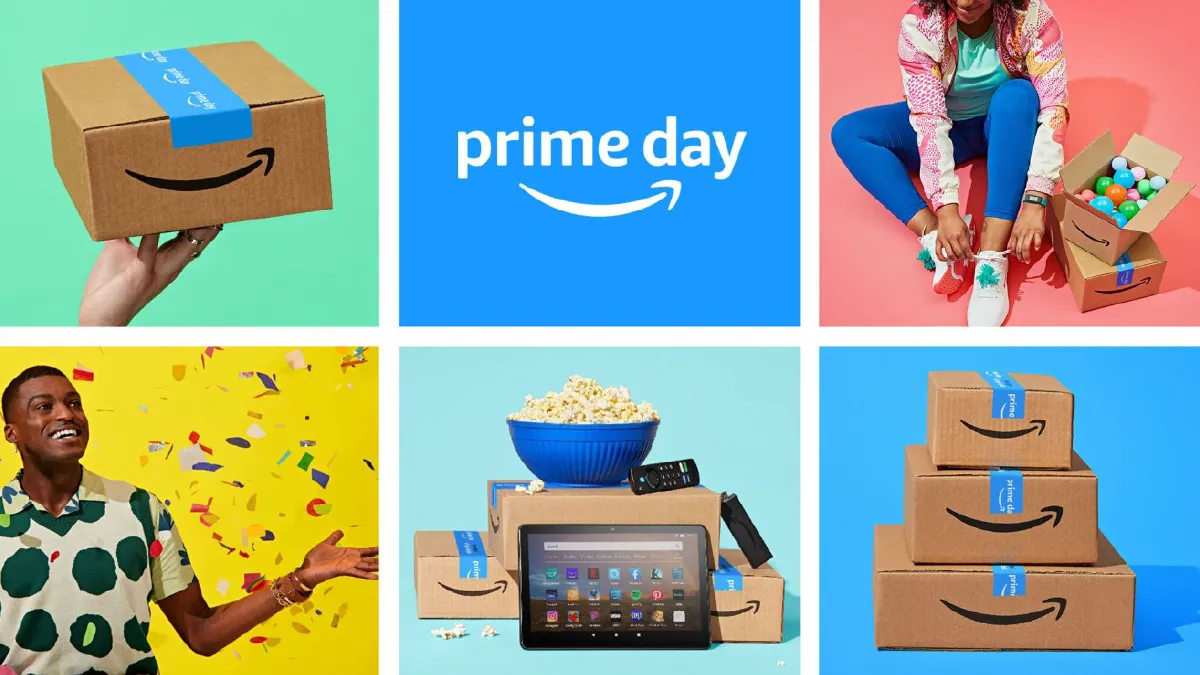
Amazon’s ecosystem includes shopping, streaming (Prime Video), music, and fast shipping (Amazon Prime). Being a Prime member has many benefits, which makes leaving quite hard. Prime members spend more than double what non-members do. The U.S. Census Bureau reported that Amazon held nearly 40% of U.S. e-commerce sales in 2023. This shows how the Amazon ecosystem drives loyalty and revenue.
Starbucks
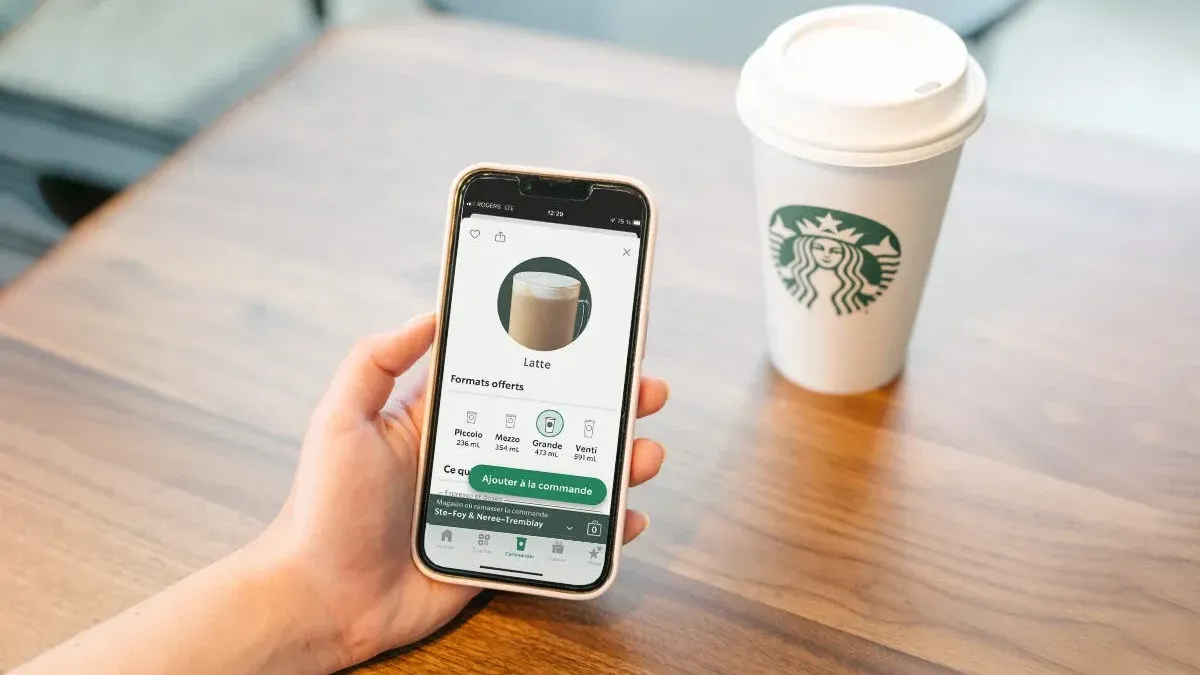
Starbucks built a digital ecosystem with its mobile app and rewards program. Customers order and pay through the app. They can, then, earn points which can be redeemed for free drinks. Reportedly, Starbucks Rewards members generate 40% of all Starbucks sales. Such valuable data showcases how brand loyalty essentially generates revenue for Starbucks.
Tesla
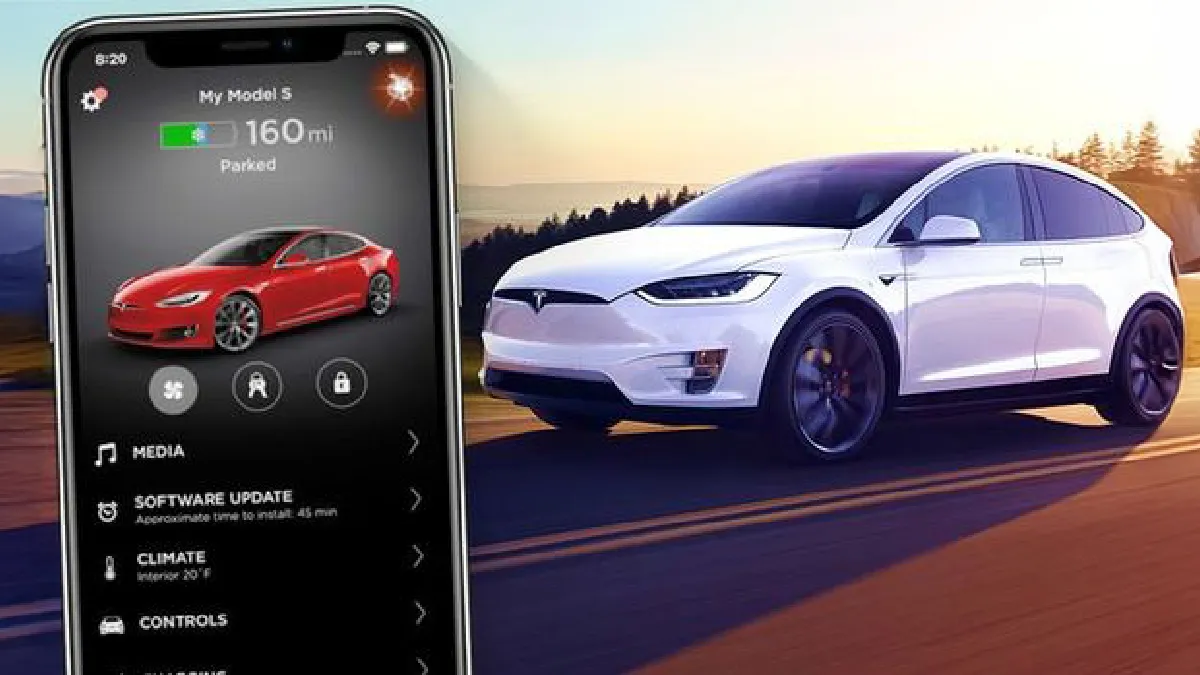
The Tesla ecosystem consists of cars, charging stations, solar panels, and a mobile app. A Tesla car owner may charge his/her car at a Tesla station and continue to improve the car with software updates over time. Thus, the Tesla ecosystem supports customer retention. It also helps keep its brand afloat and ahead of other competitors. According to the IEA, Tesla holds over 38% share of the electric vehicle market as of 2024.
How Do Brands Build Loyalty with Ecosystems?

Building brand loyalty through ecosystems requires thoughtful strategies focused on the customer experience and long-term engagement. Here are some key strategies brands use:
1. Know Your Customers
Brands must understand what their customers want and anticipate future needs. This means gathering data from websites, apps, and social media. Brands use this data to create products and services for customers.
2. Make Everything Work Together
Brands design products and services to connect easily. This way, the customer can easily transition from a product to a service and vice versa. For example, Apple’s ecosystem lets a user start a task on one device and finish the same task on a different device, without any interruptions.
3. Reward Loyalty
Many brands offer points, discounts, or special deals for customers who use their ecosystem more. This keeps people coming back. Amazon Prime’s combination of shipping benefits and entertainment content is a good example of this approach.
4. Build Strong Partnerships
Some brands team up to offer more benefits to customers. For example, airlines and hotels often let you earn points across both brands.
5. Invest in Technology
Brands invest in apps, websites, and smart devices to keep everything running smoothly. They also need to invest in platforms that integrate data and help them undertake personalized marketing.
6. Communicate Clearly
Brands use simple language to explain the benefits of their ecosystem and educate customers on how to use it. Consistent messaging across all channels helps reinforce the brand’s value and ecosystem benefits.
7. Innovate Continuously
Ecosystems must evolve to stay relevant. As a result, brands often refine their products or services, offer new features, and listen to customer feedback. For example, frequent software updates keep Apple’s ecosystem fresh and relevant.
Challenges
Building a brand ecosystem always seems easier said than done. Some challenges that you are likely to confront:
- Data Privacy and Security – Brands must protect customer data and follow laws like the GDPR (Europe) or CCPA (California). If brands fail to adhere to these laws, they can lose their image and face fines.
- Technical Problems – It can be hard to make different products and services work together. This can occur if they are from different companies.
- Too Many Choices – The problem of choice arises, and for some brands, this dilemma is bound to make things awfully complicated. People get confused and eventually overwhelmed with so many choices.
- Brand Consistency – A company must ensure that its image and quality remain intact.
- High Costs – Building and maintaining an ecosystem takes a lot of money and effort. This is especially true for smaller companies.
- Changing Laws – Data and privacy laws keep changing. Brands need to keep up to avoid problems.
- Measuring Success – It can be hard to know exactly how much the ecosystem is helping with loyalty and sales. Brands need good ways to track what works.
Conclusion
Building brand loyalty through ecosystems is a strong marketing strategy. It generates value for customers and companies on long-term basis. Apple, Amazon, Tesla, and Starbucks have shown how ecosystems help retain customers and increase revenue. These strategies increase sales and cement the relationship between customers and brands. But then there exist challenges to deal with, namely privacy, technological considerations, and costs. In this digital age, those brands that invest thoughtfully and strategically will build loyalty and prosper.
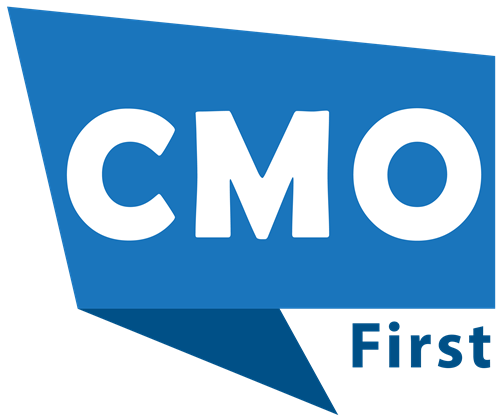








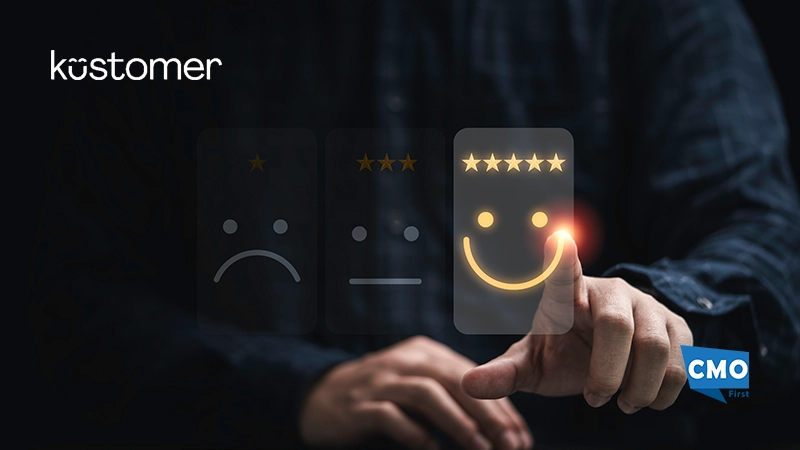

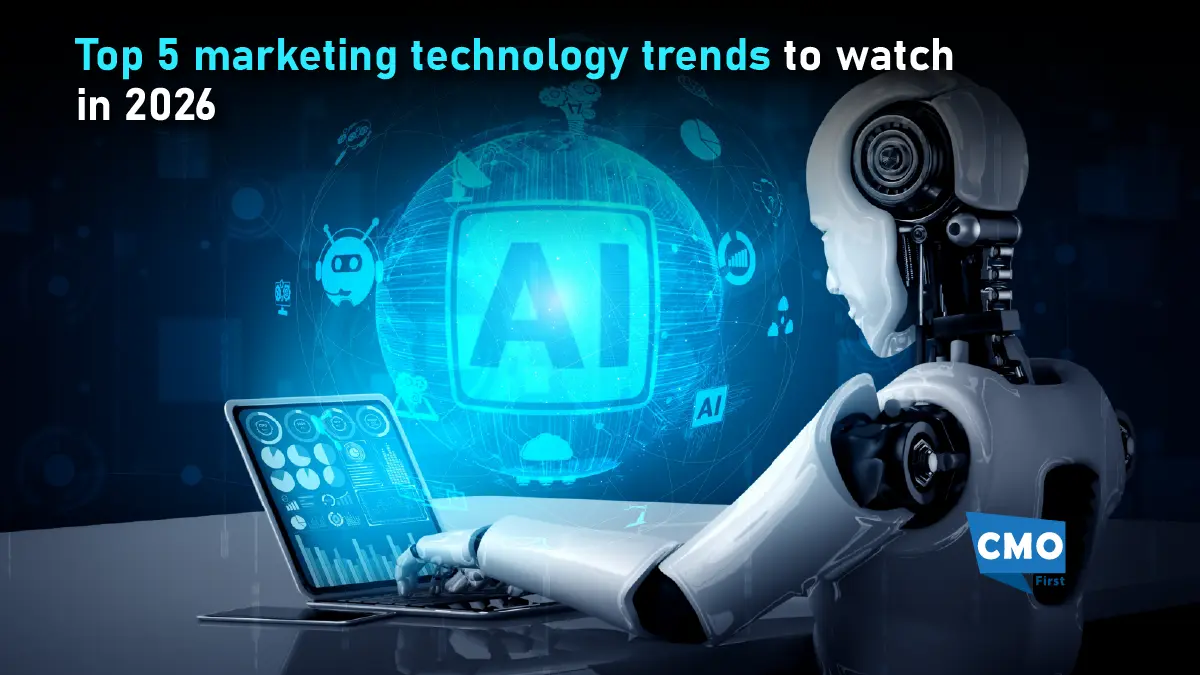


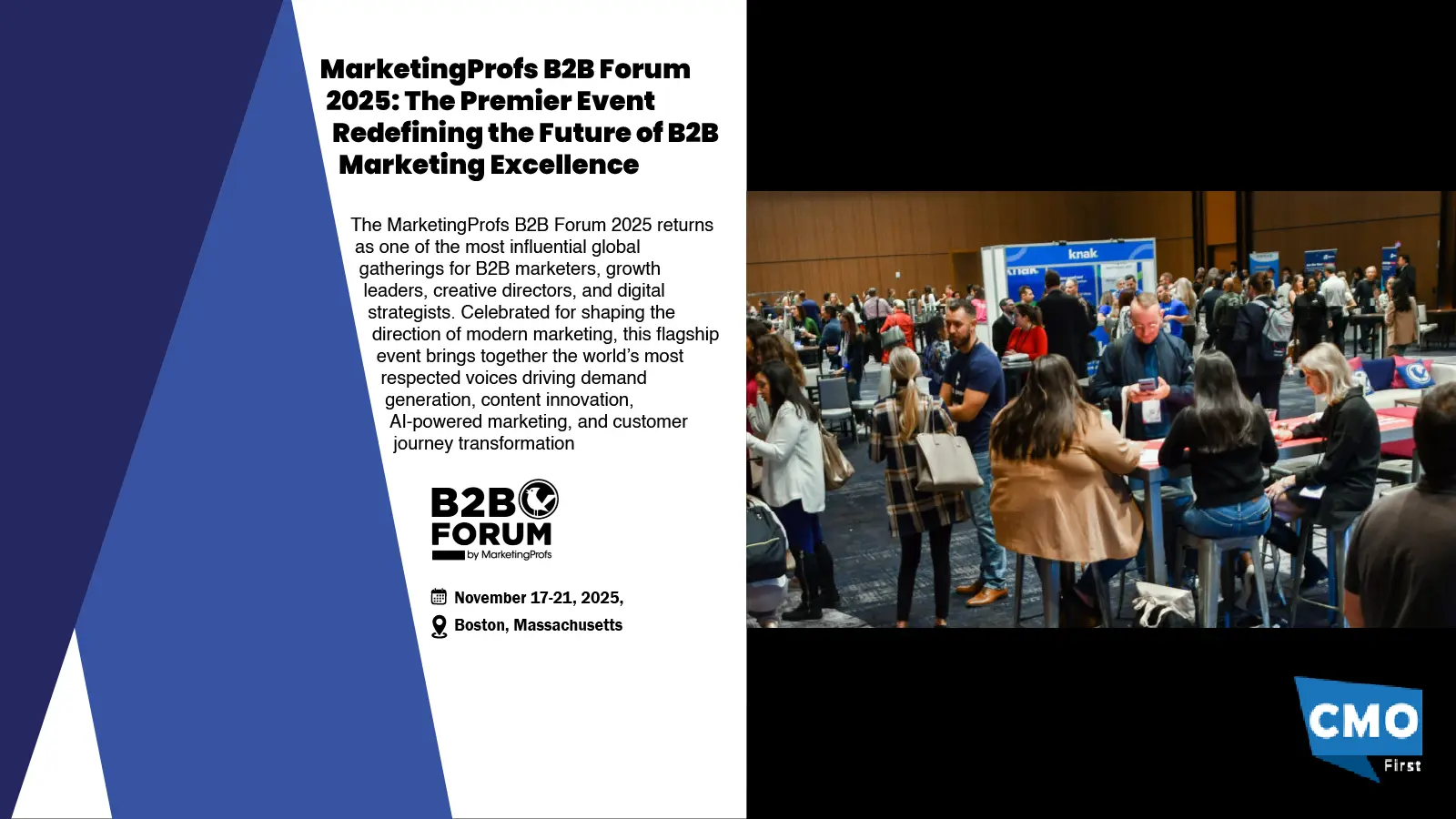

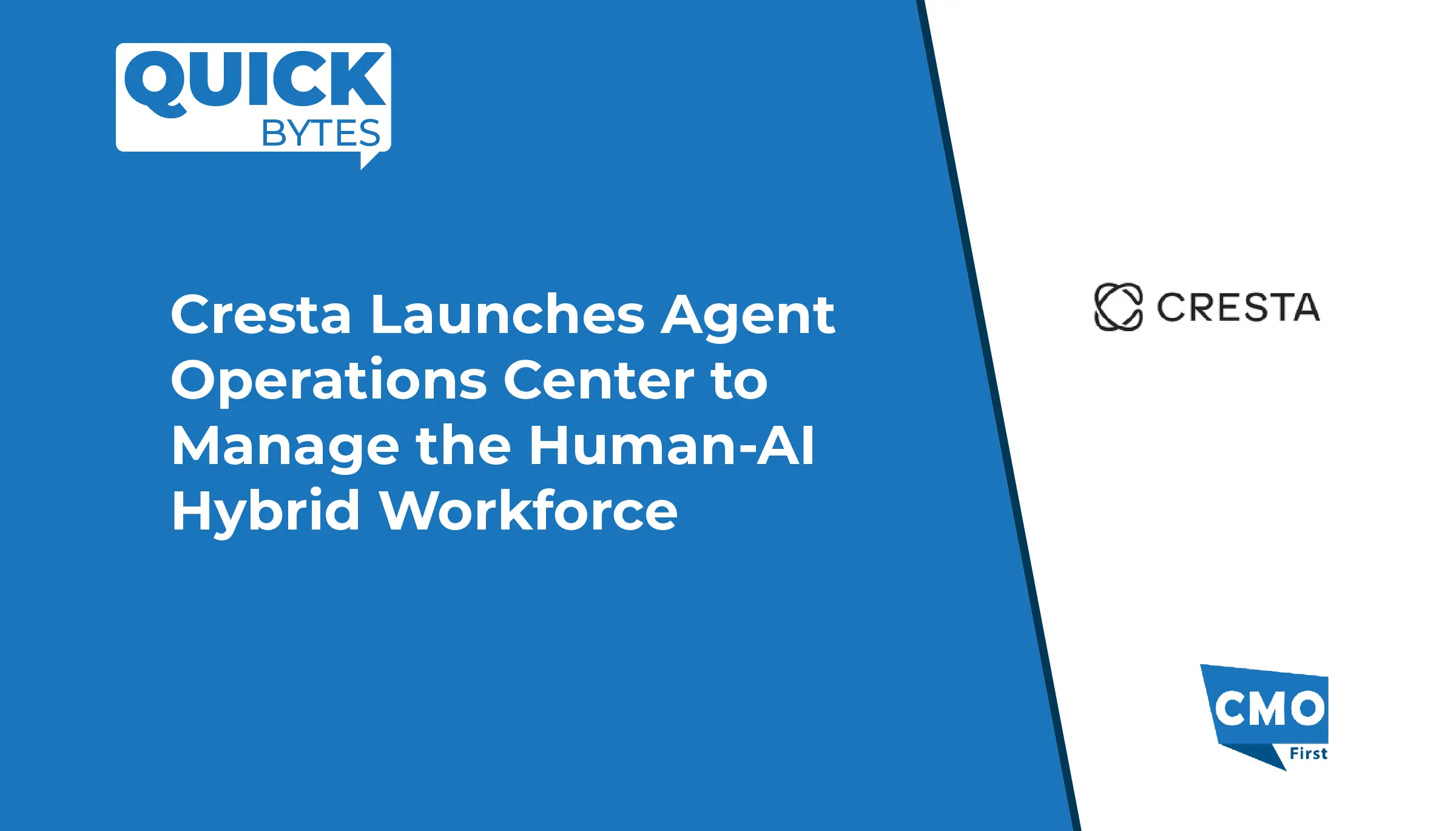
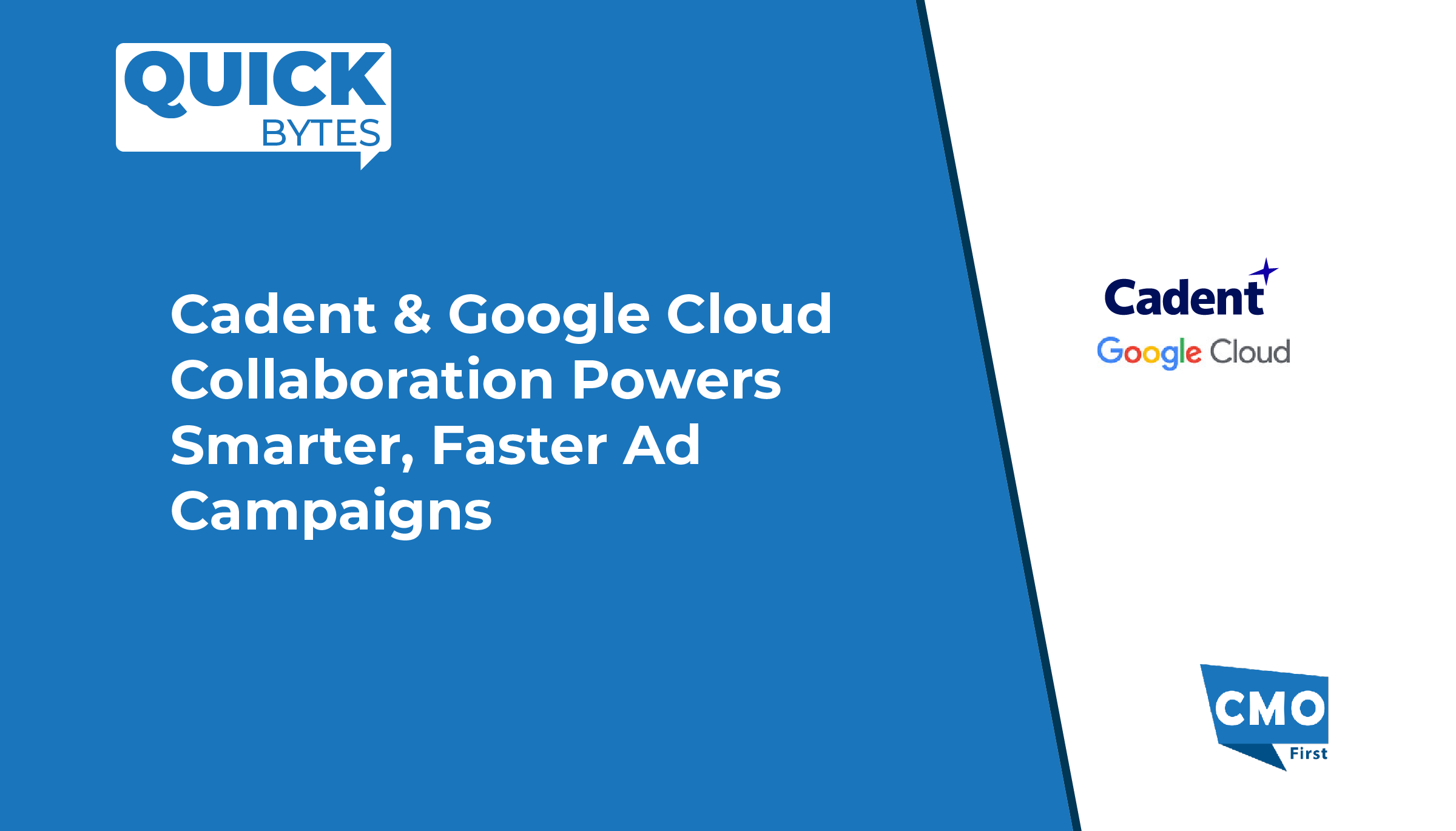



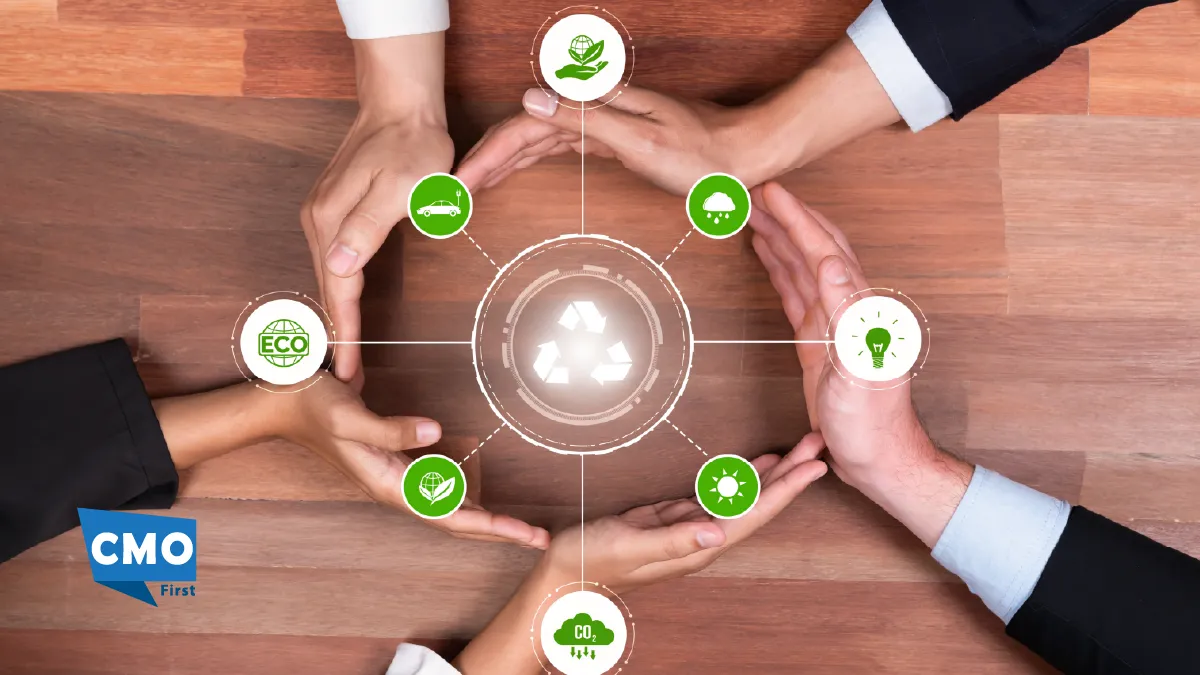

Leave a Reply